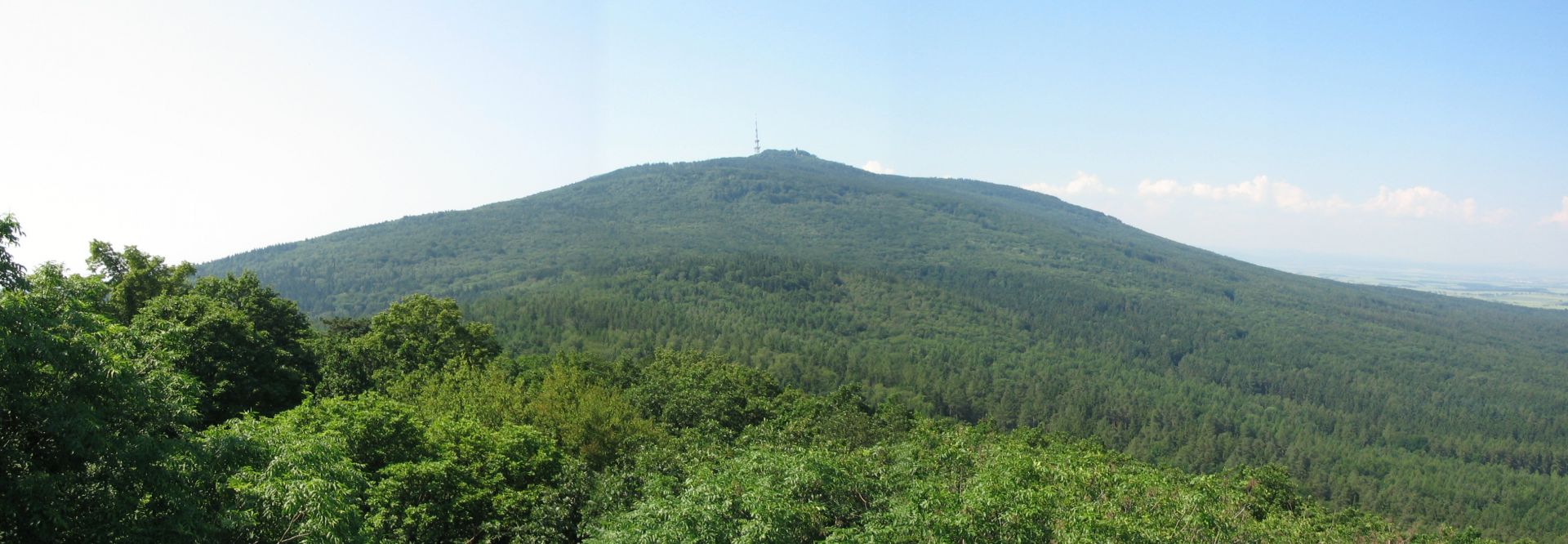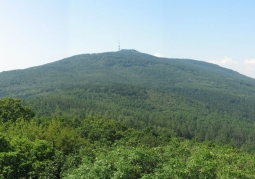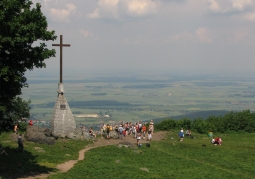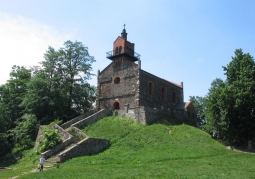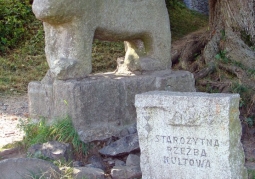Góra Ślęża Nature Reserve - Ślężański Landscape Park
No weather data
0.0 /5
Number of ratings: 0
It covers an area of 141.4 ha, covers, among others the top of Ślęża. It was created to protect historical monuments and landscape values located in the vicinity of the said peak. In addition, it protects a small fragment of deciduous forest in the top part of Ślęza with abundant specimens of old, prosperous trees and a fairly rich undergrowth. From a natural point of view, rocks and gabriel blocks with rare species of lichen, mosses and liverworts are also valuable.
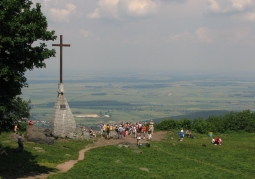
Góra Ślęża
Category: Peaks and valleysThe highest peak of the Ślęży Massif and the entire Przedmieście Foothills, built mainly of granite and gabra, rising to a height of 718 m a.s.l. From the 5th to the 8th century BC it was a sacred mountain of the...
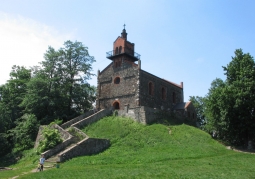
Church on Ślęża
Category: ChurchesThe church's history dates back to the early 12th century during the reign of Bolesław III. In the second half of the 16th century, the Augustinians built a wooden chapel on the ruins of a pre-existing castle. In the...
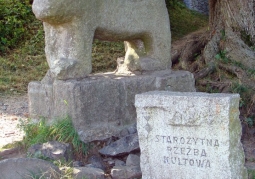
Bear
Category: MonumentsAlso called Boar. One of several statues - probably Celtic, located on the top of Ślęża. During the Christianization period, in medieval times, the custom of throwing sculptures (intended to symbolize Evil) with...
Komentarze
No results
Nearby places

Church on Ślęża - Góra Ślęża - Góra Ślęża Nature Reserve
Category: ChurchesThe church's history dates back to the early 12th century during the reign of Bolesław III. In the second half of the 16th century, the Augustinians built a wooden chapel on the ruins of a pre-existing castle. In the...
1 km

Góra Ślęża - Góra Ślęża Nature Reserve - Ślężański Landscape Park
Category: Peaks and valleysThe highest peak of the Ślęży Massif and the entire Przedmieście Foothills, built mainly of granite and gabra, rising to a height of 718 m a.s.l. From the 5th to the 8th century BC it was a sacred mountain of the...
1 km

Bear - Góra Ślęża - Góra Ślęża Nature Reserve
Category: MonumentsAlso called Boar. One of several statues - probably Celtic, located on the top of Ślęża. During the Christianization period, in medieval times, the custom of throwing sculptures (intended to symbolize Evil) with...
1 km

Góra Radunia Nature Reserve - Ślężański Landscape Park
Category: Nature reservesA floristic reserve established in 1958. In 2011, the reserve area was increased to 44.26 ha. It covers the top parts of Radunia built of volcanic rocks with rare plant sites. There are extremely rare and protected...
3 km
Nearby places

Church on Ślęża - Góra Ślęża - Góra Ślęża Nature Reserve
Category: ChurchesThe church's history dates back to the early 12th century during the reign of Bolesław III. In the second half of the 16th century, the Augustinians built a wooden chapel on the ruins of a pre-existing castle. In the...
1 km

Góra Ślęża - Góra Ślęża Nature Reserve - Ślężański Landscape Park
Category: Peaks and valleysThe highest peak of the Ślęży Massif and the entire Przedmieście Foothills, built mainly of granite and gabra, rising to a height of 718 m a.s.l. From the 5th to the 8th century BC it was a sacred mountain of the...
1 km

Bear - Góra Ślęża - Góra Ślęża Nature Reserve
Category: MonumentsAlso called Boar. One of several statues - probably Celtic, located on the top of Ślęża. During the Christianization period, in medieval times, the custom of throwing sculptures (intended to symbolize Evil) with...
1 km

Góra Radunia Nature Reserve - Ślężański Landscape Park
Category: Nature reservesA floristic reserve established in 1958. In 2011, the reserve area was increased to 44.26 ha. It covers the top parts of Radunia built of volcanic rocks with rare plant sites. There are extremely rare and protected...
3 km
